(This photo essay will be clipped if you are reading it by email. It’s best viewed on the web version by clicking the post title above).
I’m writing you from the balcony of an apartment less than 400 meters from the ocean. The city where I am is called Split, in the lands once held by the Dalmatae tribe until colonized by the Greeks, then by the Romans (who built a palace for the Emperor Diocletian here). Then, it became part of Byzantium, then Venice, then Austria, then France under Napolean, then again part of the Hapsburg Empire. Then, Italy under Mussolini, then Yugoslavia, and now again just part of Hrvatska, more commonly called Croatia.
It’s wild to find yourself in a city so old, with so many former masters, part of so many fallen empires. Wilder still the many other such places I’ve been with similar stories in such a short few days.
Day One
My husband and I left our small village in the former Treveri lands of the Ardennes, now called Luxembourg, around noon on Monday. The night before we left the moon was blood red eclipsed, a great time to seal rituals and leave the altar stained and bones for animals to pick apart. None of that literally happened, but submitting a manuscript and jumping in a car the next morning felt just like that regardless.
We—I mean he, my husband, because I have never driven a car and so it’d be a poor idea to put me behind the wheel for a multi-country road trip—drove through Luxembourg into Germany, resting finally in the city of Augsburg.
We chose some of our destinations on complete whim, and this was one such. Also, because he particularly wanted to avoid driving through Italy and I’ve no interest in the country either, passing through Austria rather than France made more sense. Augsburg was on the way, then, and we’d never been there, so we chose it.
It’s really quite Bavarian, and oddly stark. We arrived a bit late and so had little time to explore before sunset. Few of the photos I took are particularly interesting from there, though to show you its Bavarian-ness, this is what we had for dinner:
The thing is, we actually had to ask around to find a meal like this. Thanks to capitalist modernity, we had our choice of any one of scores of international fast food chains, but to eat something actually Bavarian in a Bavarian city we had to get help. Fortunately, though they were laughing a bit at our request, they directed us well.
Augsburg, like so many other European cities, has a traditional core encircled by ever-sprawling urban expansion. The immigrants and refugees previously exploited by the European bourgeoisie now encircle the former centers of power, competing with the American capitalists. It’s all kebabs or hamburgers everywhere you look, with the few traditional restaurants overdoing the aesthetic to give you an “authentic” experience which feels all like Sartre’s mauvaise foi or Baudrillard’s hyperreal.
Day Two
I had grand plans the next morning to get the Bavarian equivalent of a Berliner (a jelly-filled doughnut). I succeeded, and we drank coffee in front of a bakery before returning to our hotel room and getting back to the driving.
The next part made up for the inauthentic authenticity of Augsburg, as we needed to drive into and through the Alps to reach our second destination, Graz, Austria. To get there, we drove past Munich and up into the foothills of the mountains, stopping at a massive lake called the Chiemsee.
In the background of that photo, you can see the beginning of the Alps, which we entered soon after leaving the lake and eating something less in-authentically authentic Bavarian:
Those are pretzels (not the awful New York kind, either) and wiesswurst (sausages somewhat close to bratwurst) that are served in hot water to keep them from getting cold. The sauce is a sweet mustard sauce, with what we are pretty sure was honey but maybe also some apple puree.
Anyway, enough of the food (though that was all quite good). The mountains were intolerably and suffocatingly beautiful:
It’s about three hours straight of driving through them to get to Graz, and it gets almost exhausting to stare at them in wonder with another one coming just after. I could have spent weeks looking at each one. I filmed some of them so my husband could better see what I got to see on the trip, since if he allowed himself the same awe I was afforded we’d have crashed.
He noted, and I agree, that neither of us really ever hear much talk of the Austrian Alps. The Swiss, Italian, and French Alps (in that order) are what everyone discusses, but that’s mostly due to the fact that the Austrian Alps don’t need to be crossed unless you are going into Eastern Europe. Even if they were driving to Greece, most of the French and Germans would drive through Switzerland and then Italy rather than through Austria.
That leads to a much larger point, though, the very large divide between Western and Eastern Europe. The latter is populated primarily by Slavic peoples (Russians are also slavs), and their base language and ancestral cultures are so vastly different from the Roman-influence and Germanic ones that it’s often as if there are really two Europes.
This point began to become a theme when we arrived in Graz. It’s an Austrian Germanic city, but also with Venetian and Slavic influences (its name comes from an old Slavic word for “castle”). Austrian German is German, but it’s got a song-like quality to its pronunciations that is closer to Slavic languages then to other German languages.
They also have a different way of saying hello. They say servus, which is from Latin. It turns out it has the same logic as the origin of Italian ciao, which is a shortened way of saying ‘I’m your slave.’ Servus is the same, the shortened version of the phrase: servus humillimus, domine spectabilis (“I’m your humble servant, most noble lord”). Of course, something similar happened in French as well: monsieur and madame are also royal addresses, though the root of servus is related to the taking of Slavs into slavery (that’s where the word comes from, by the way—the Slavic peoples were the primary slave stock before African chattel slavery).
Graz is beautiful and a bit haunting. We stayed in a hotel just at the north of the city, which we chose so we could use public transportation to explore rather than dealing with parking a car in a foreign city. Unfortunately, we hadn’t realised we needed special masks to ride the buses (Austria, remember, had the strictest COVID rules of Europe and only backed down very recently), so we ended up making good friends with an Iraqi cab driver. If you really want a good picture of how the city actually is, ask people like that. He liked it, actually, and was super happy to live there, but like most cities in Europe it’s near impossible to buy an apartment within the city limits without a job for an international corporation.
Here are a few pictures from our 20 hours there. The first one was quite an ascent, really.
We spent much of the end of our evening in a gay bar, an increasing rarity in Europe. It’s not so much anti-gay sentiment, but rather gay hook-up applications which have caused them to die. Now you can order up a guy like you might order up a pizza, which means such places have fewer clientele. Regardless, they were all great company there.
Day Three and Four
We spent most of the afternoon in Graz, then drove again into the Alps southward towards Slovenia. Neither of us had ever been there before (though my husband has been to Serbia for work once), so it was the first fully new country for both of us.
One thing we both talked about on the drive was how the traditionalism of Austria makes a lot more sense when you look at the landscape. Outside the few cities, villages are small and spread far apart. As I wrote in Being Pagan, the land shapes your personality, and if you rarely see more than 100 other human beings in a week and all your views are closed in by massive walls of ancient stone, quick societal change is going to be the completely opposite of your land-view. There’s nothing wrong or right about that kind of thinking, anymore than mountains are wrong or right.
When you exit the Alps the land changes; though of course there are still mountains, they are different ones. The northern part of Slovenia is quite full of them, and there is one in the dead center of the city from which you can see Austria.
I love Ljubljana, by the way. It’s a brilliant little city, very open, quite punk without being angry, quite beautiful without being too formal. We rented an apartment with a view of the castle just 200 meters from the Dragon Bridge. I didn’t get to see him, but a new friend we made there mentioned we were also living a block from my favorite philosopher Slavoj Žižek, whom he sees quite often leaving his apartment.
Here is a view of the Dragon Bridge, which as you’ll see also has Griffons:
And the ascent by funicular and some views from the castle:
Also, there’s a delightful amount of strange religious and political art everywhere:
It’s also home to a large anarchist art commune, a former squat. Unfortunately, just like Exarchia, Christiania, and so many such utopian places, there were a lot of heroin addicts and dealers haunting the place when we were there. Supposedly it’s still vibrant at night, but anarchists can never seem to figure out why absolute freedom always seems to result in completely slavery—be it to drugs or to the self.
Day Five
As I mention at the beginning, we are now in Split. To get here we had to exit the EU, which resulted in a bit of stress at the border from the Slovenian side. They asked lots of questions about when I arrived in Europe, and they didn’t like the document I showed them to prove I’m now a resident of Luxembourg. Eventually they relented, but I really dislike such routines. I may also owe Hermes (who’s hiding as a Catholic St. Expedite prayer card inside my passport case) an offering or two.
Regardless, we passed through. Once out of Slovenia the land changes dramatically. The mountains are suddenly dry and scrubby, with large exposed white bones. The trees change, as do the birds, and so did the currency and the language again.
It’s quite a long drive, and we were both glad finally to get our first glimpse of the Adriatic sea. We were also quite surprised to see that we were even closer to the ocean than we had thought, though the beach we are near appears to be the preferred party spot for the teenagers of this city. There are fortunately many others, and I doubt I’ll let a few unruly kids get in the way of some morning swims.
Here are some initial views of the place, taken before we both decided to rest up for the weekend:
We’ve five more days here before heading back north again. I plan to write again soon and will do a second installment of this next week.
Much love,
—Rhyd





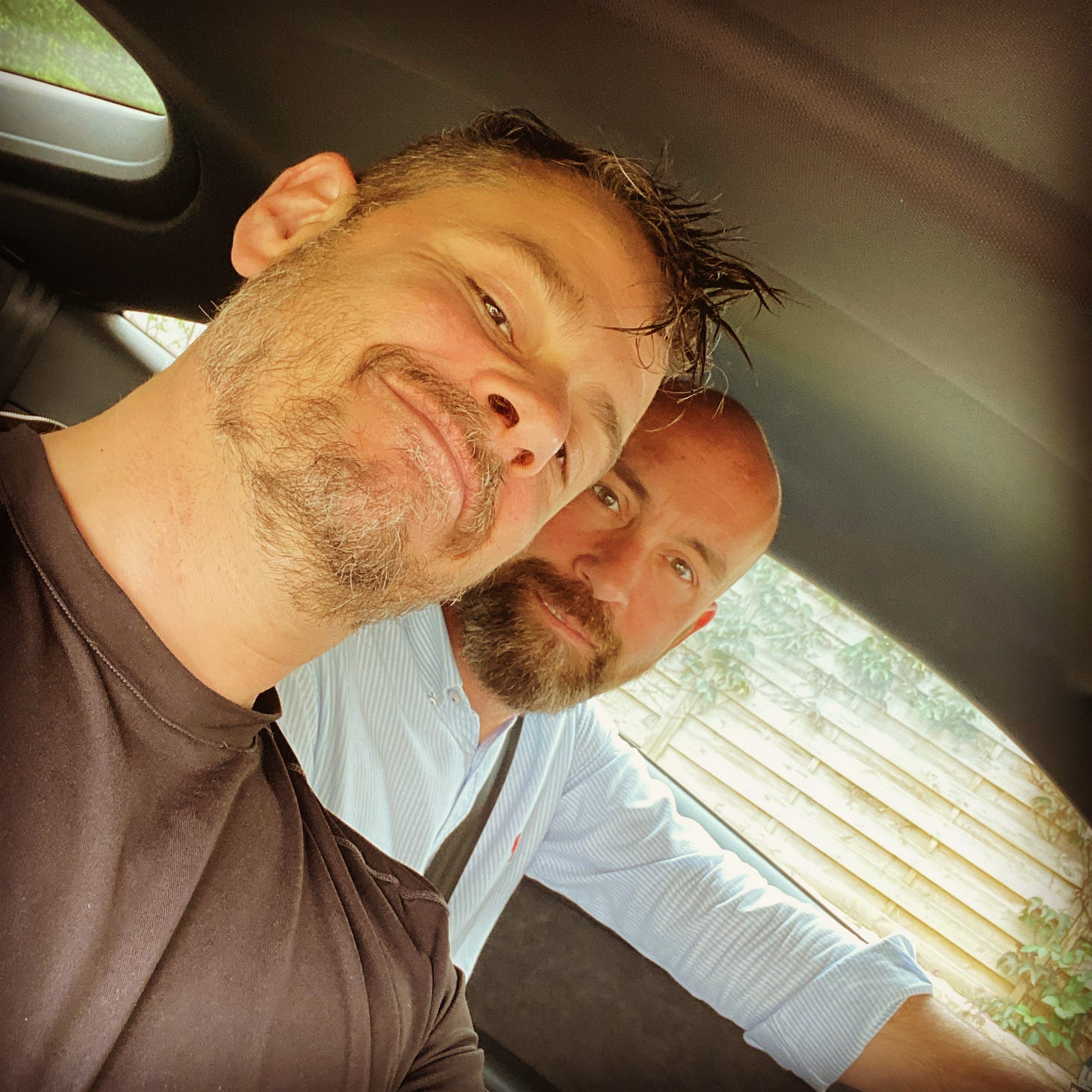
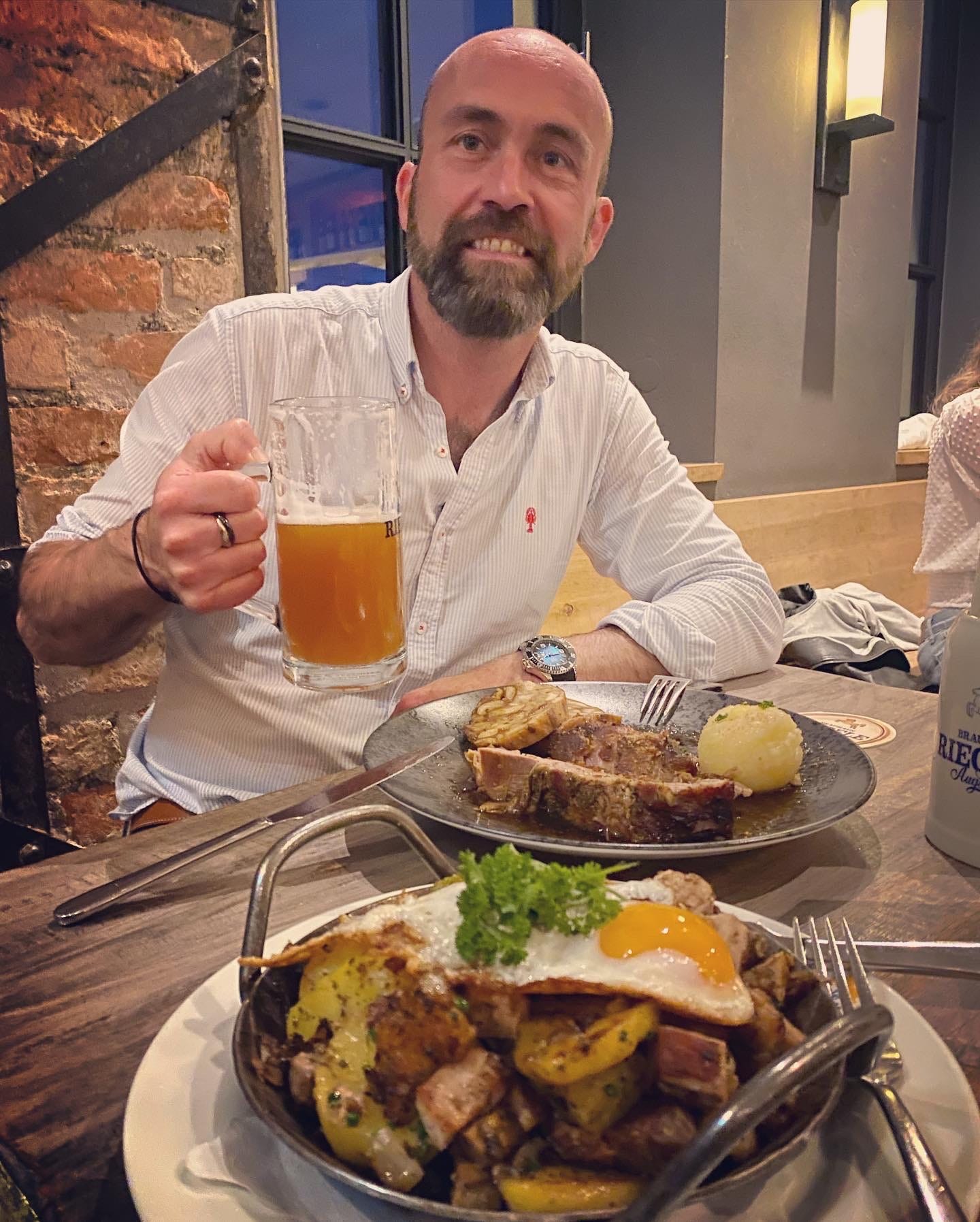
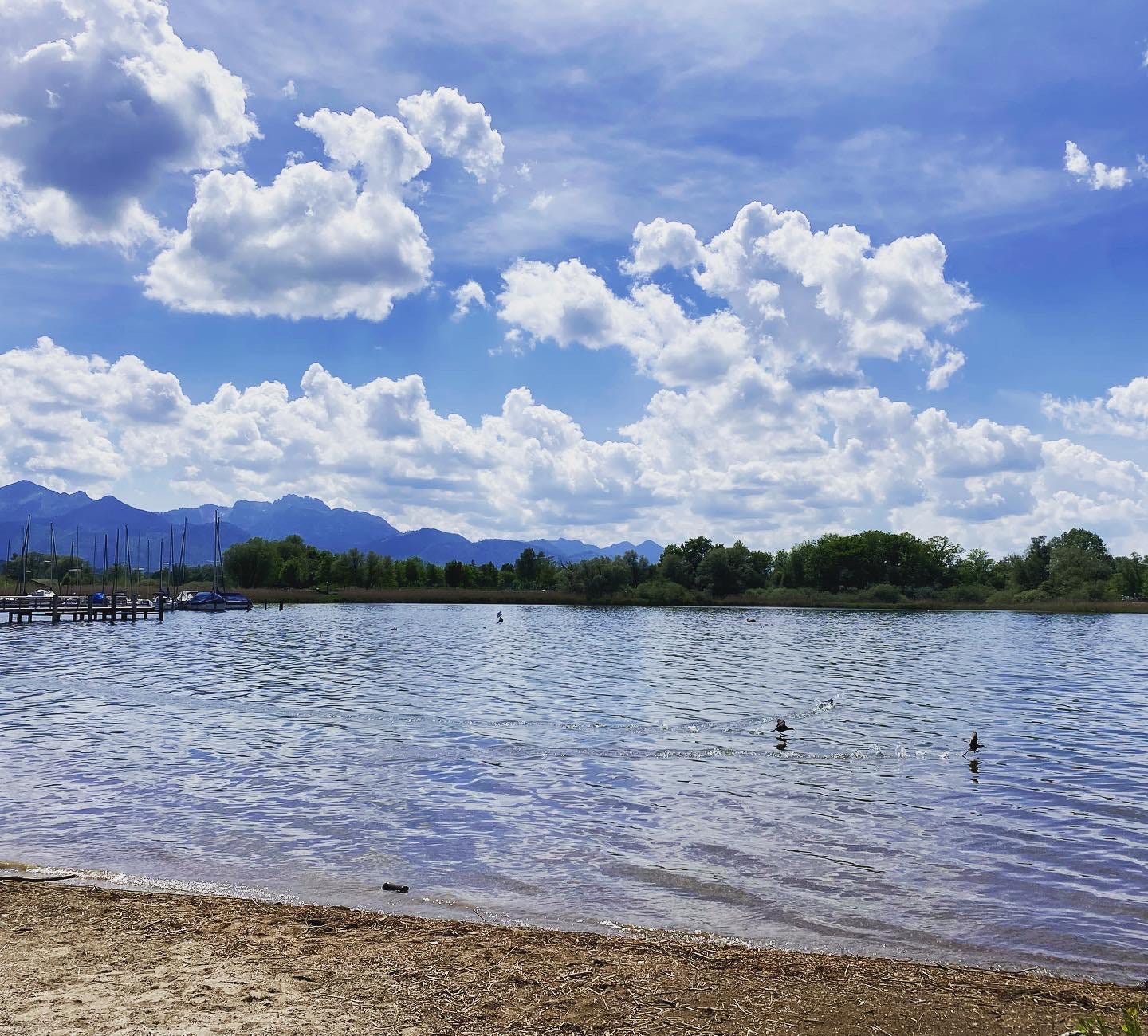
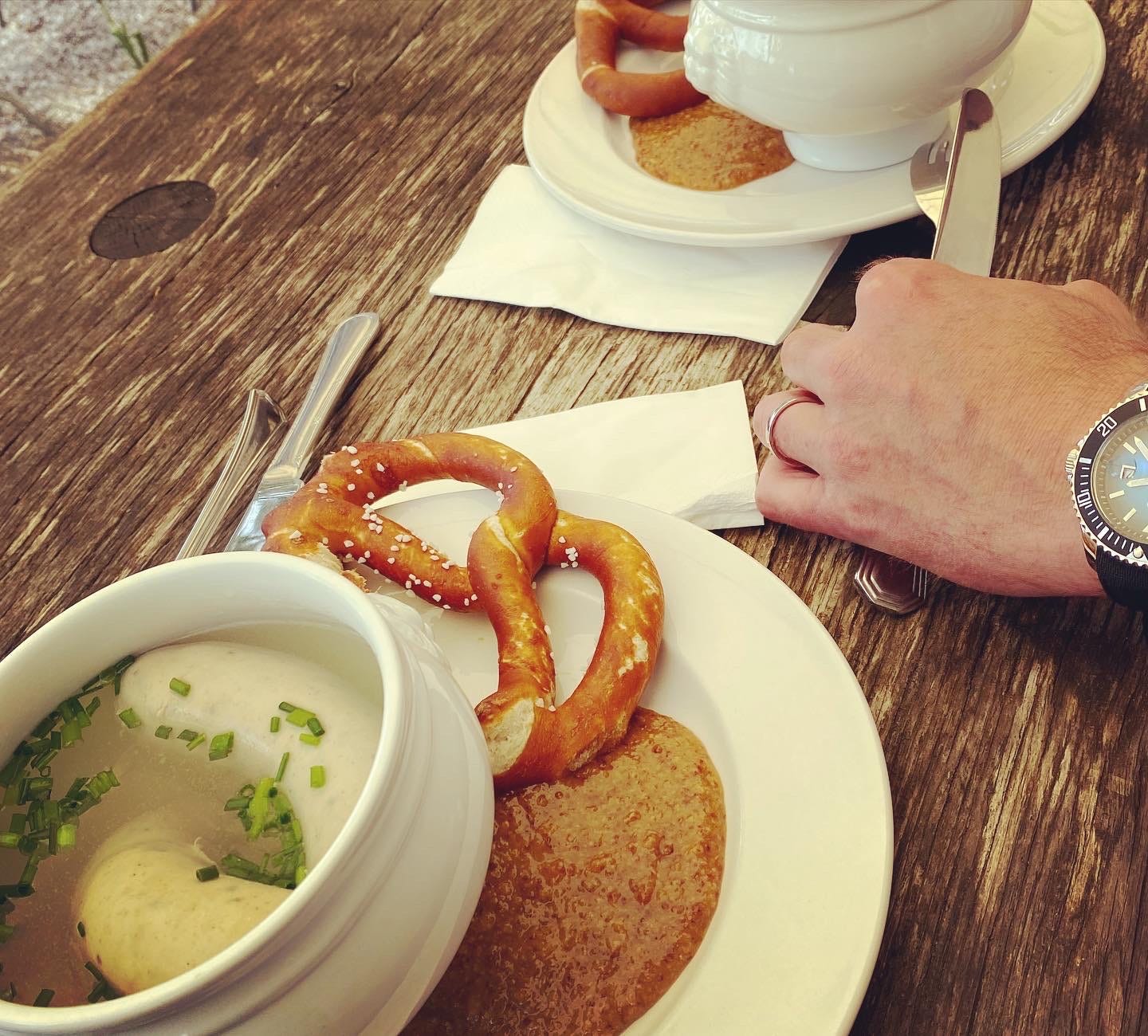
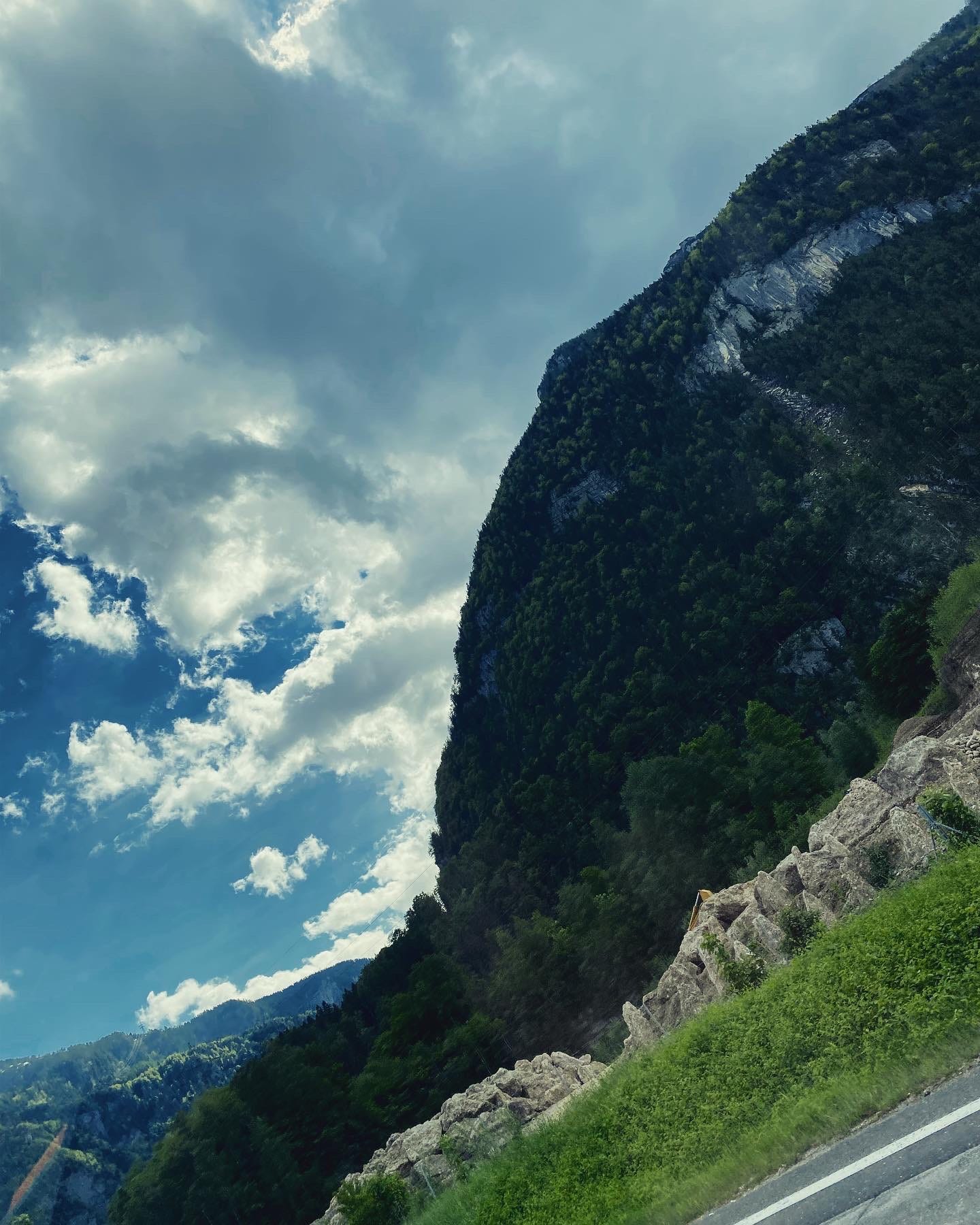
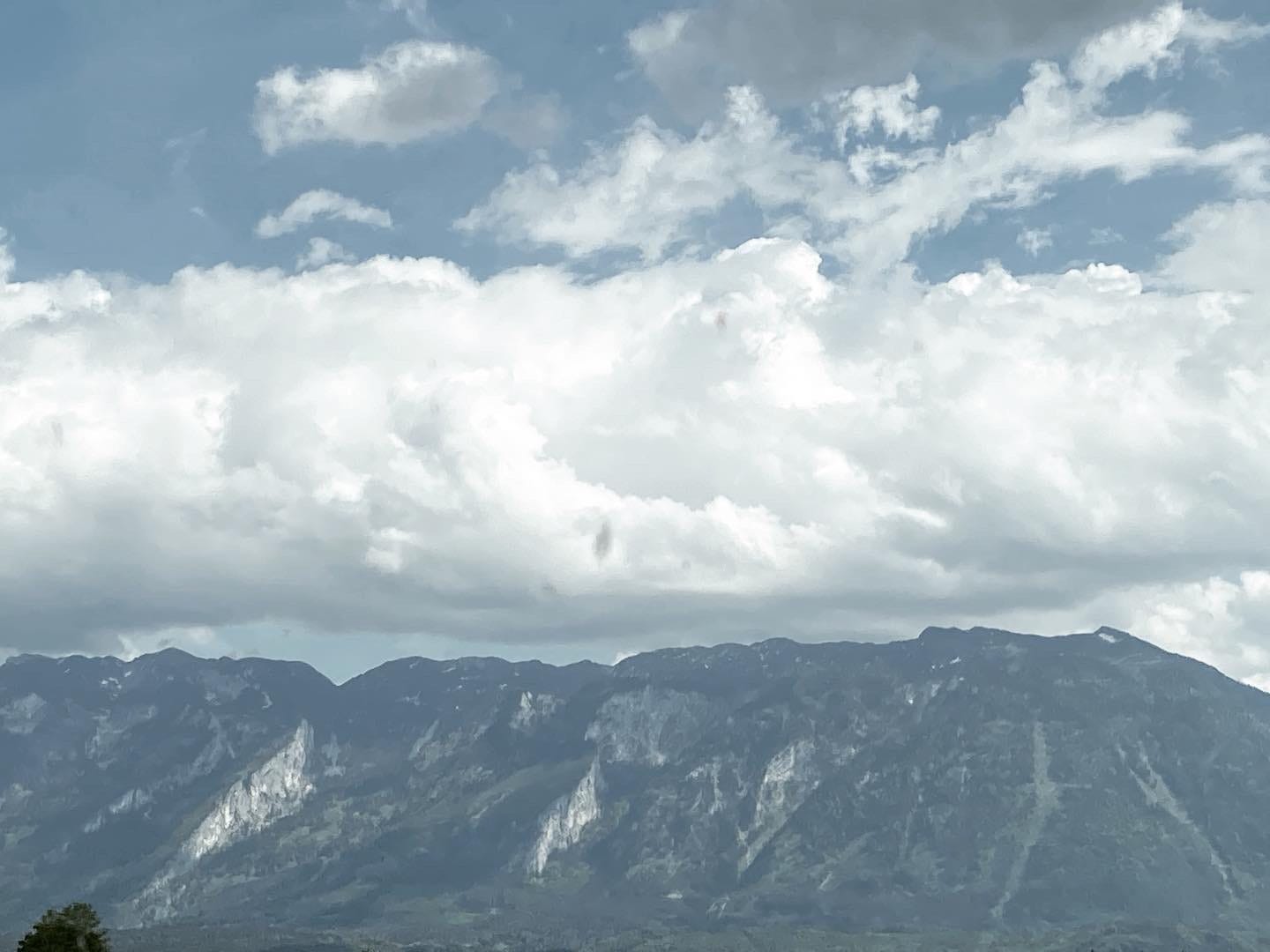
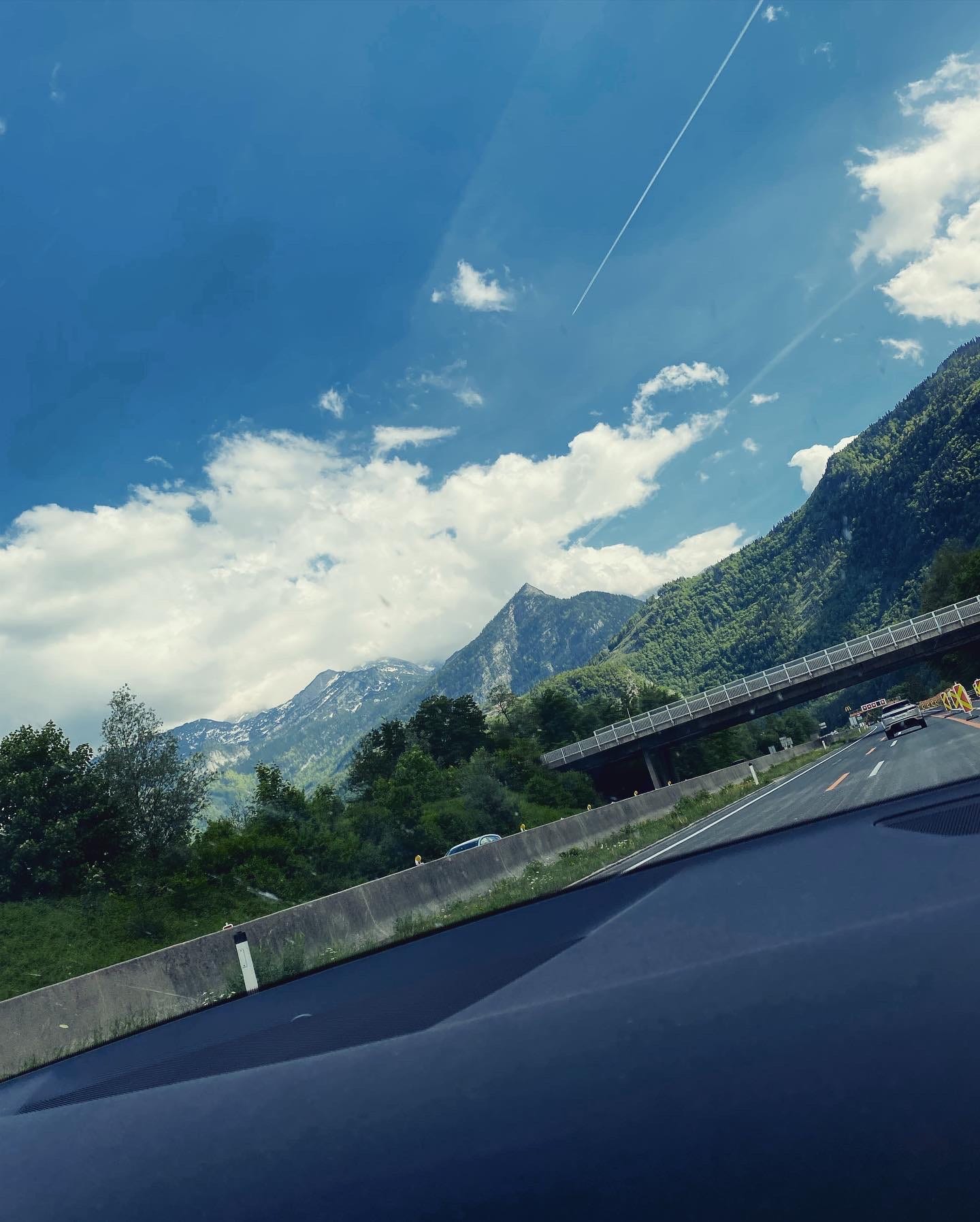
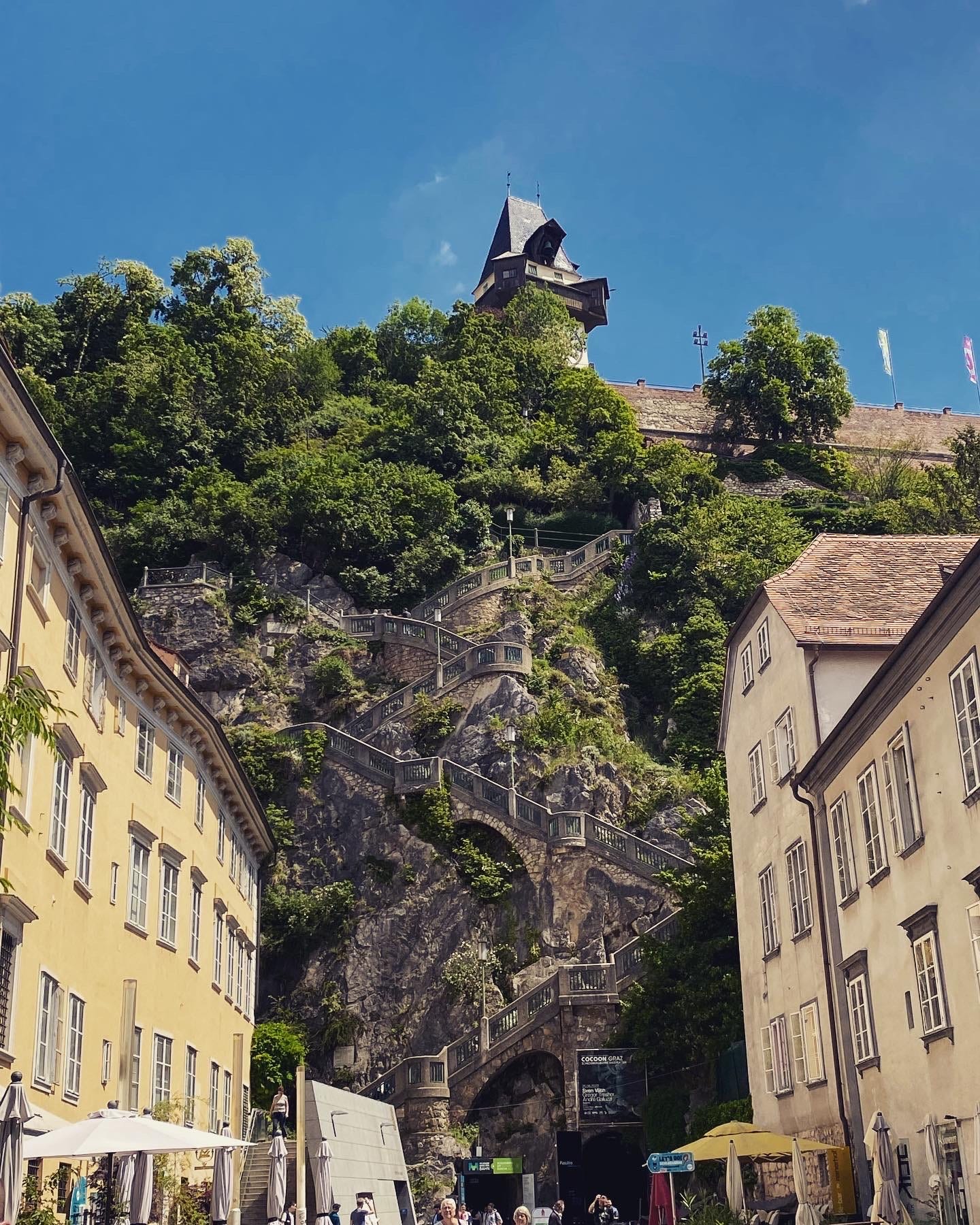
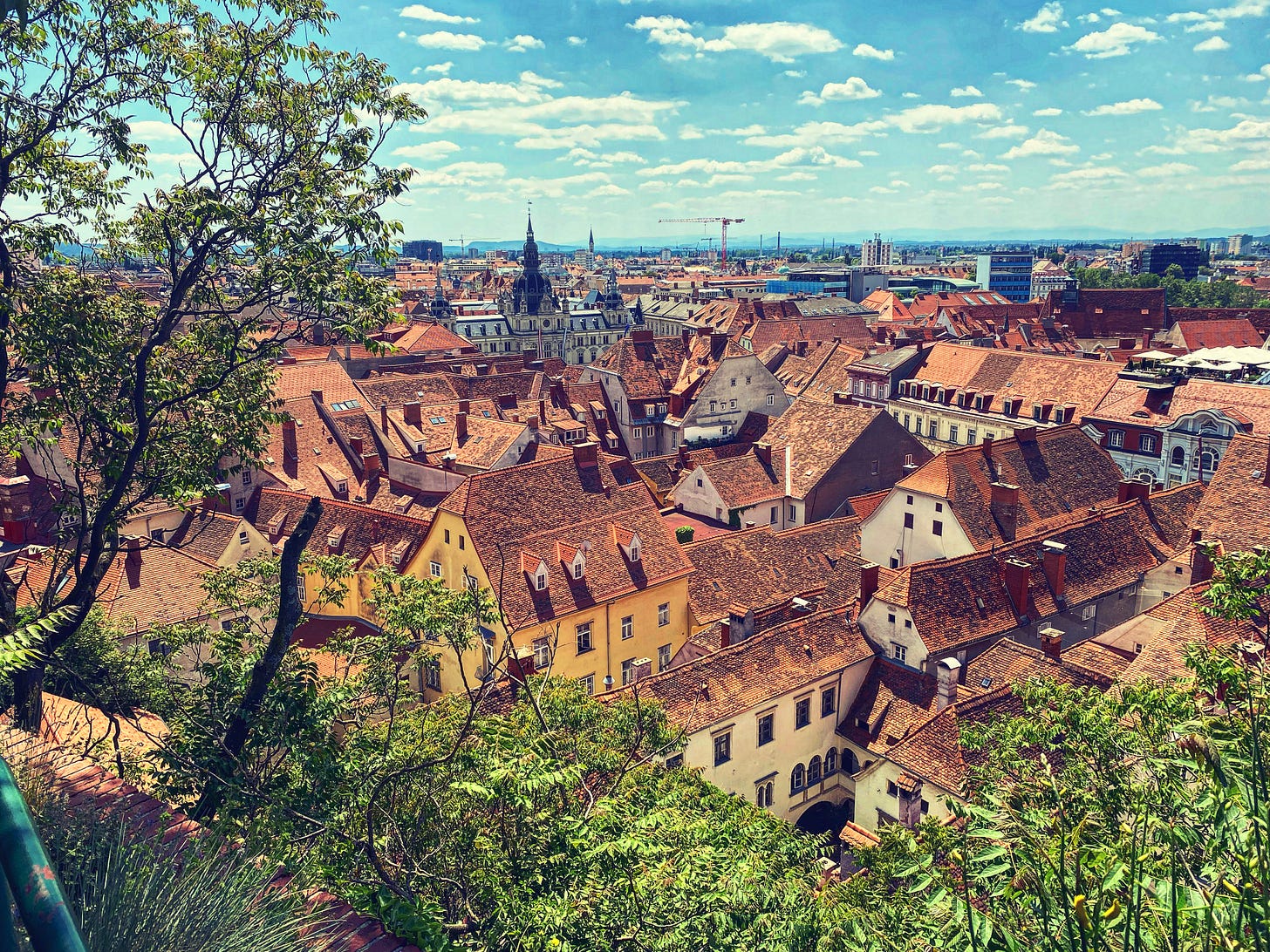
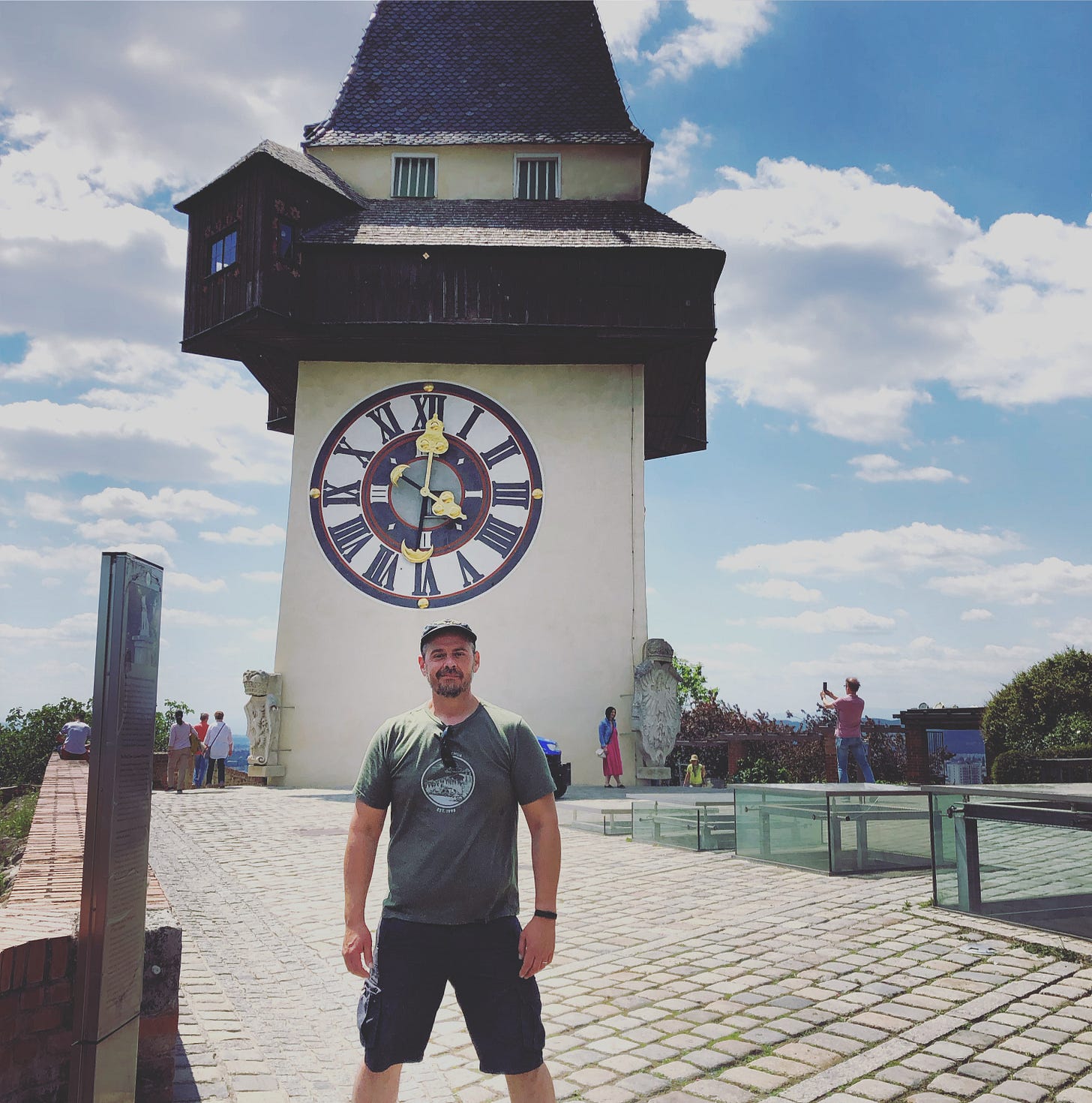
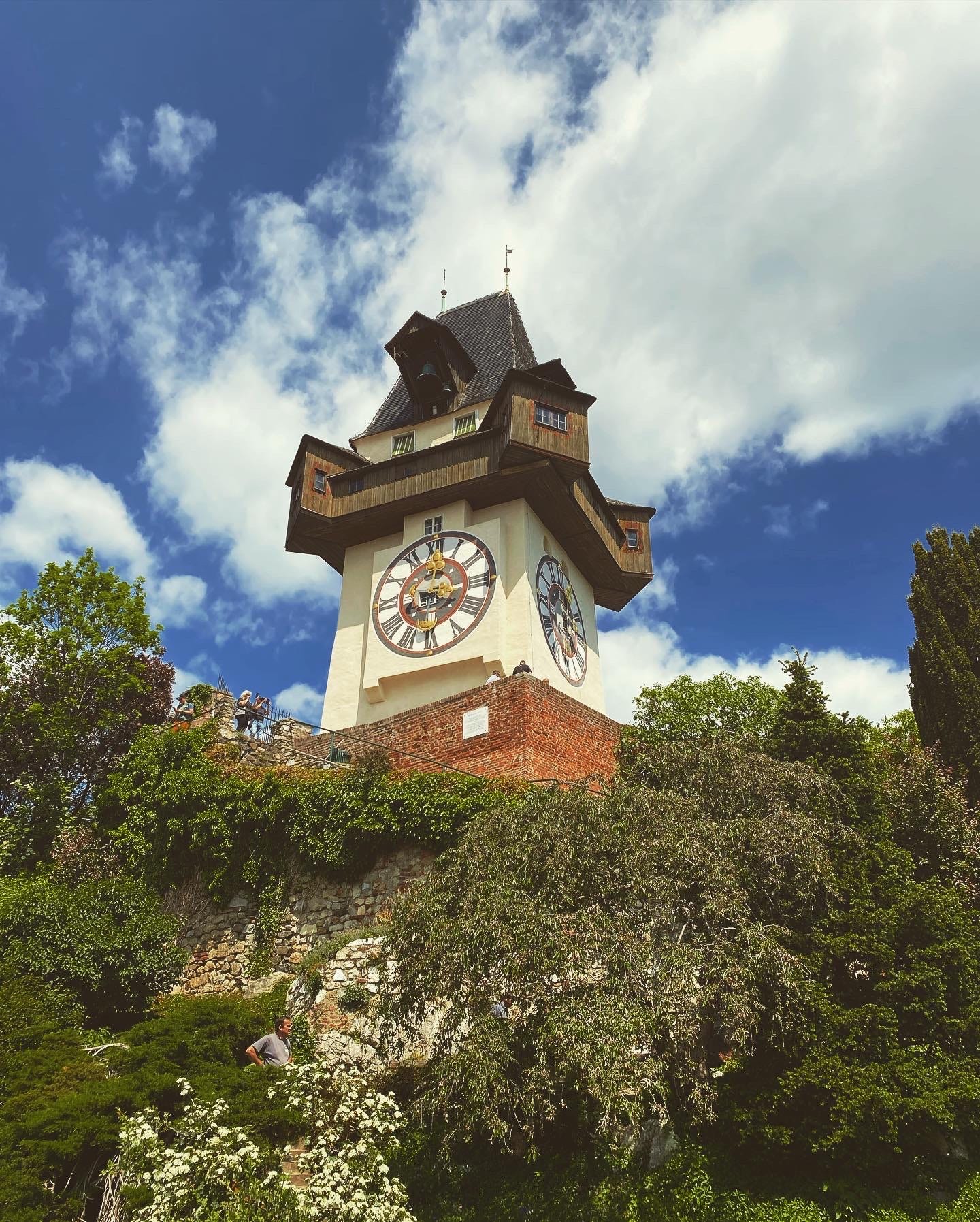
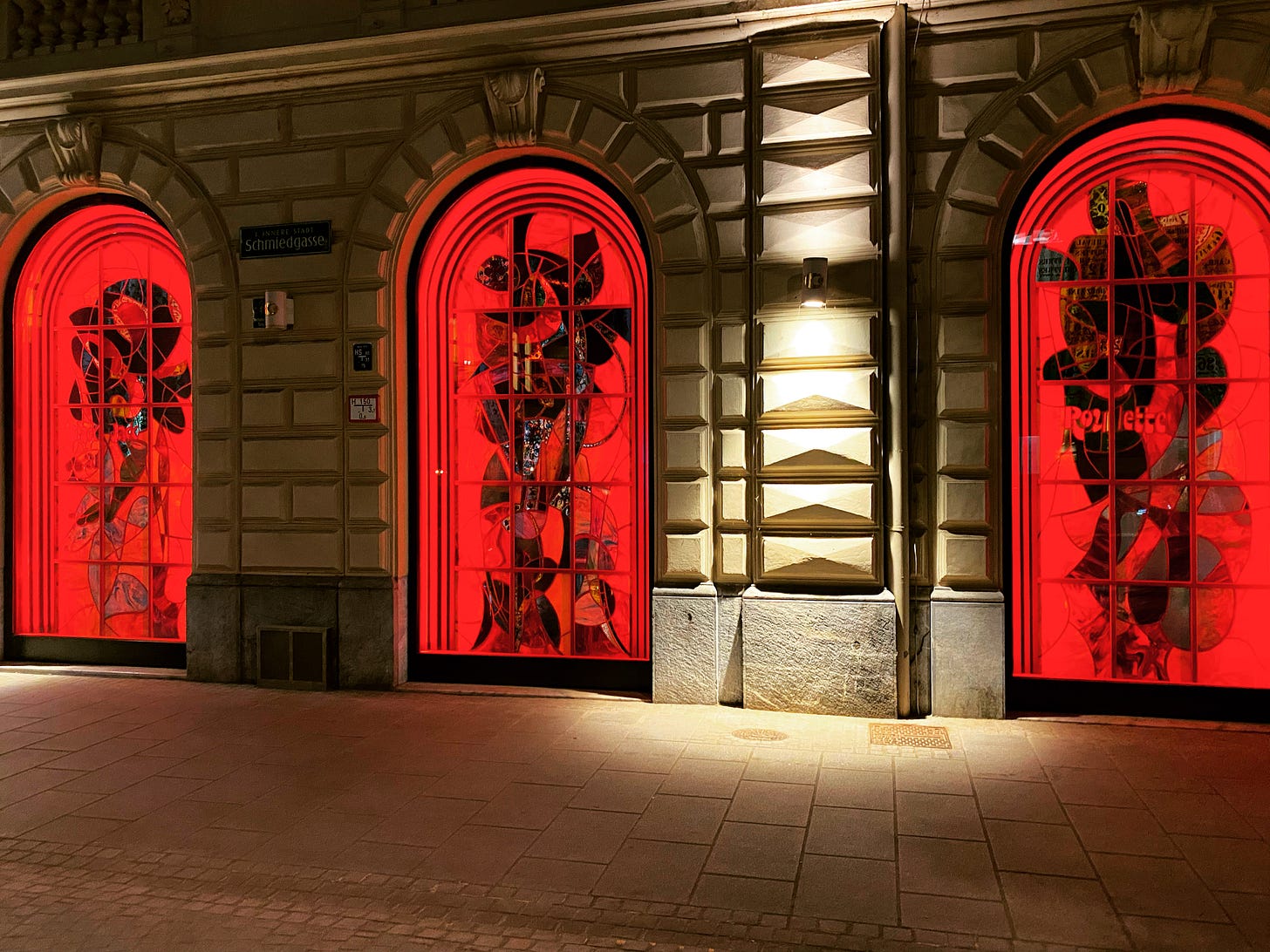
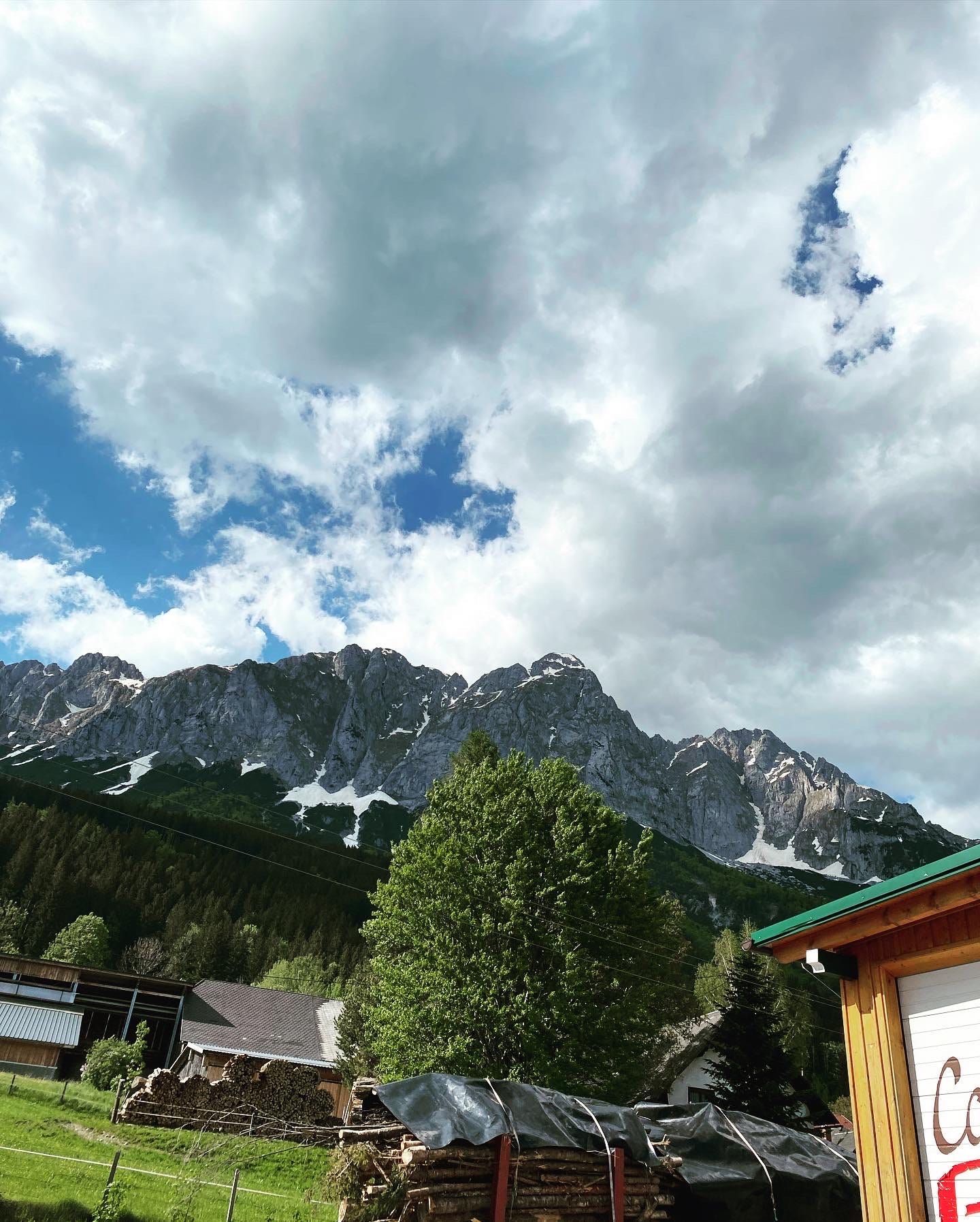
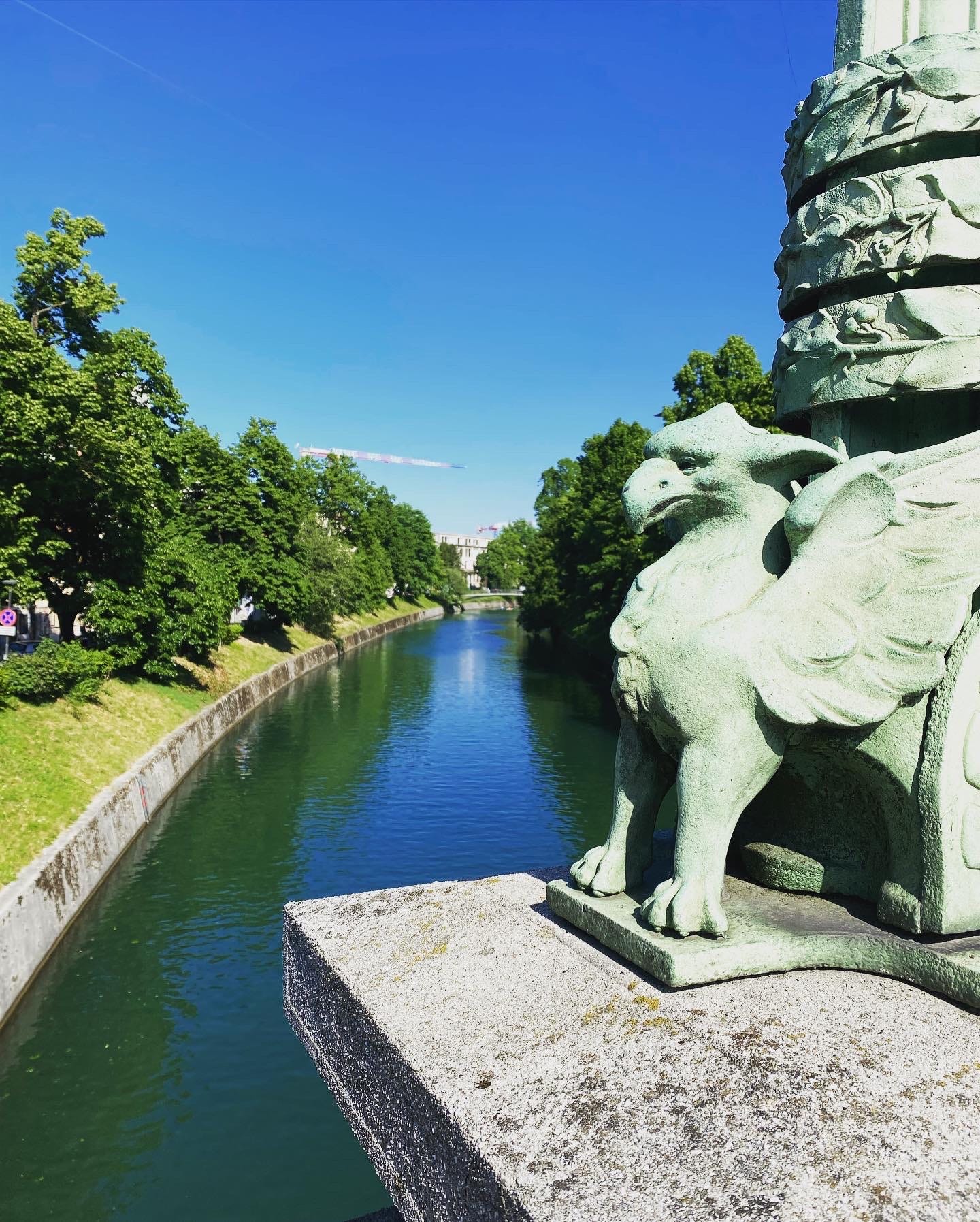

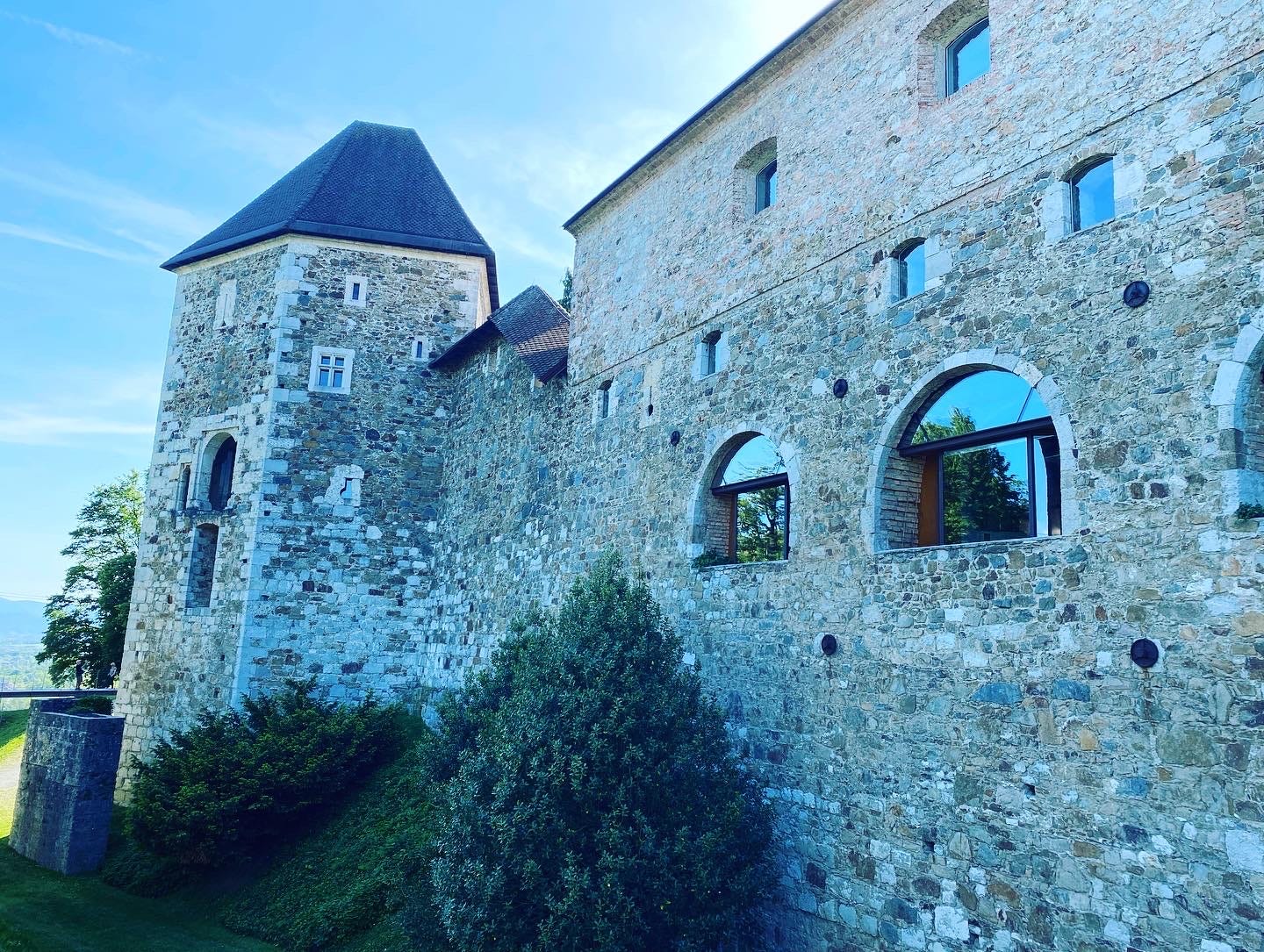
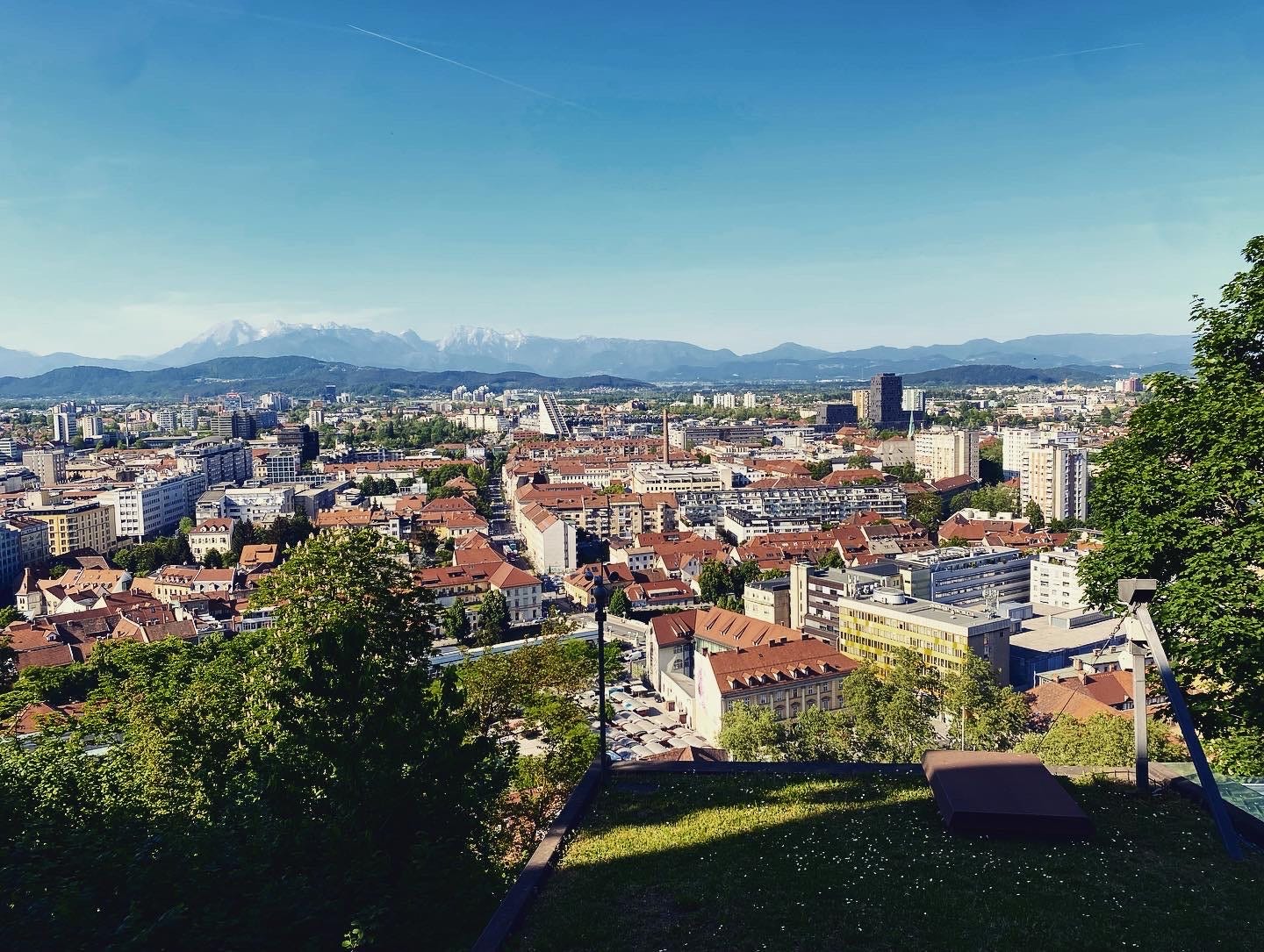
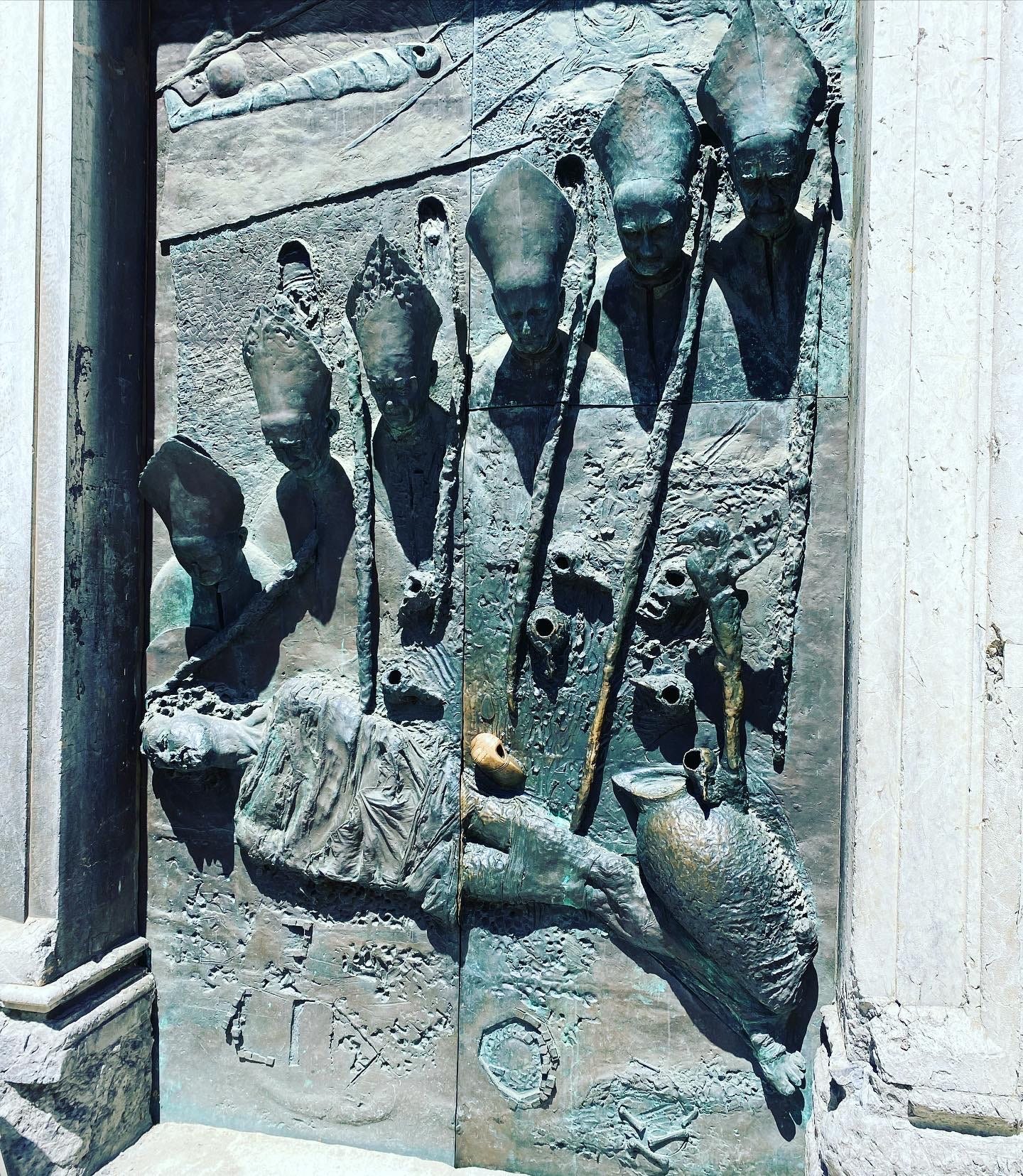
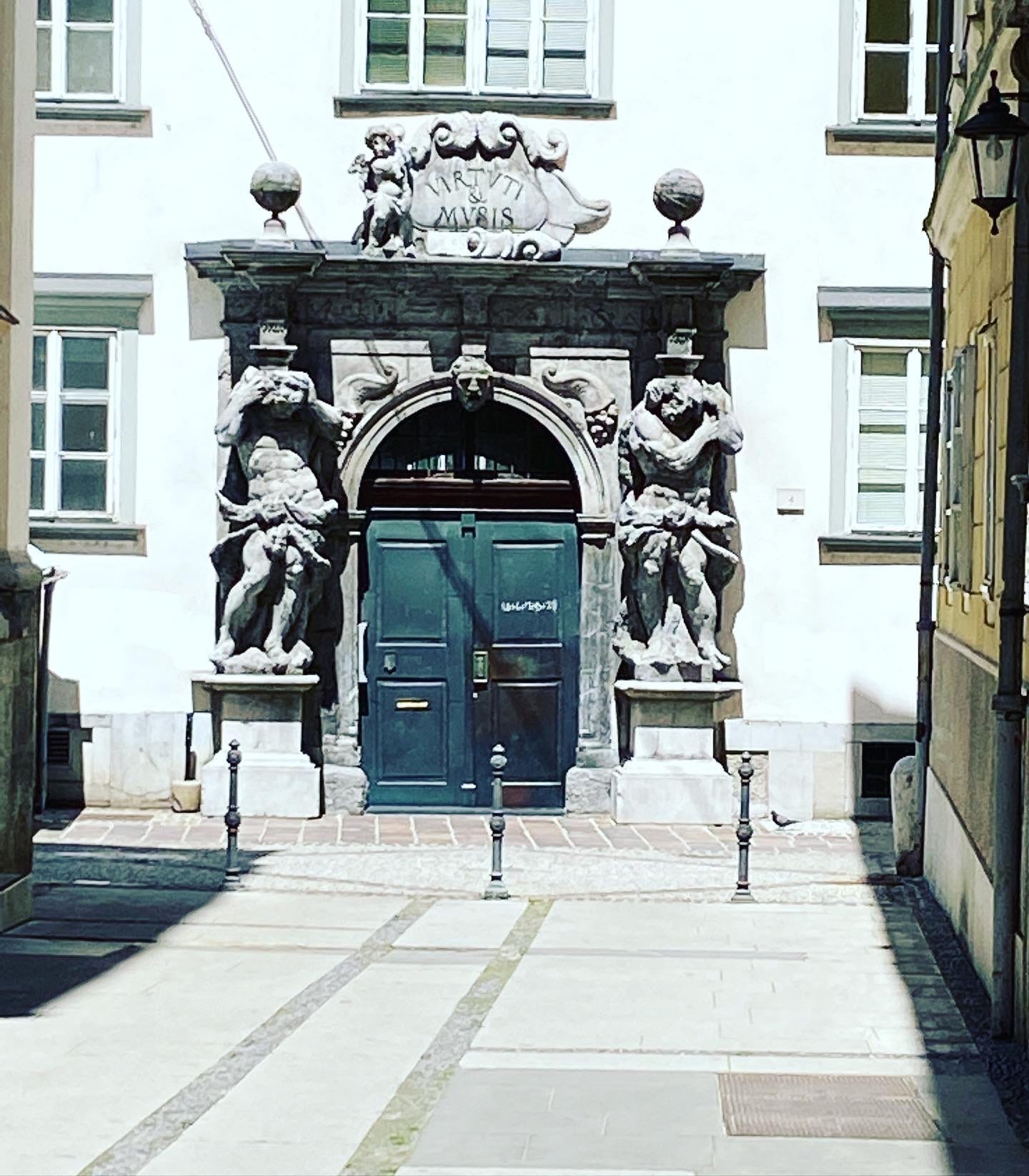
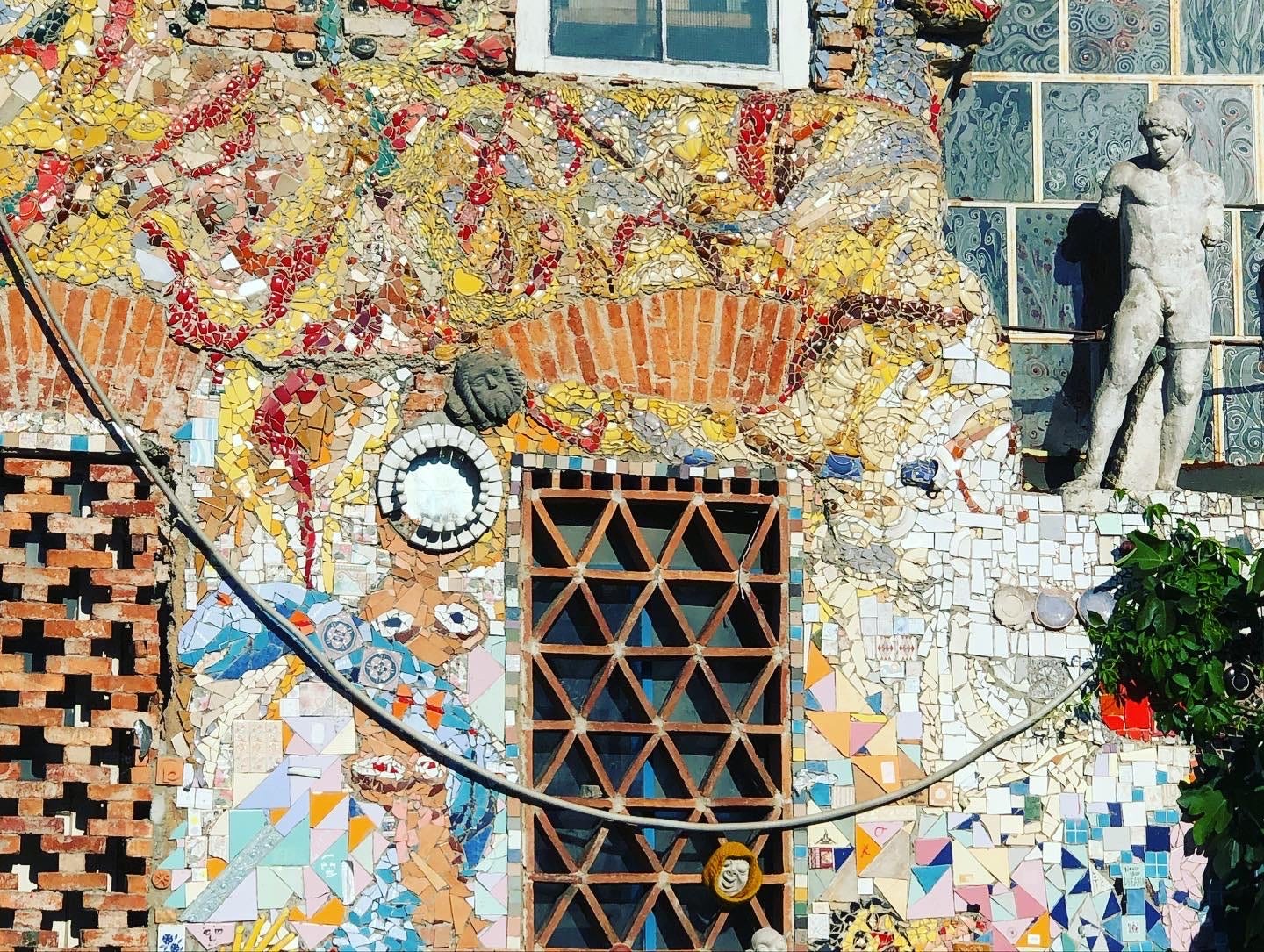
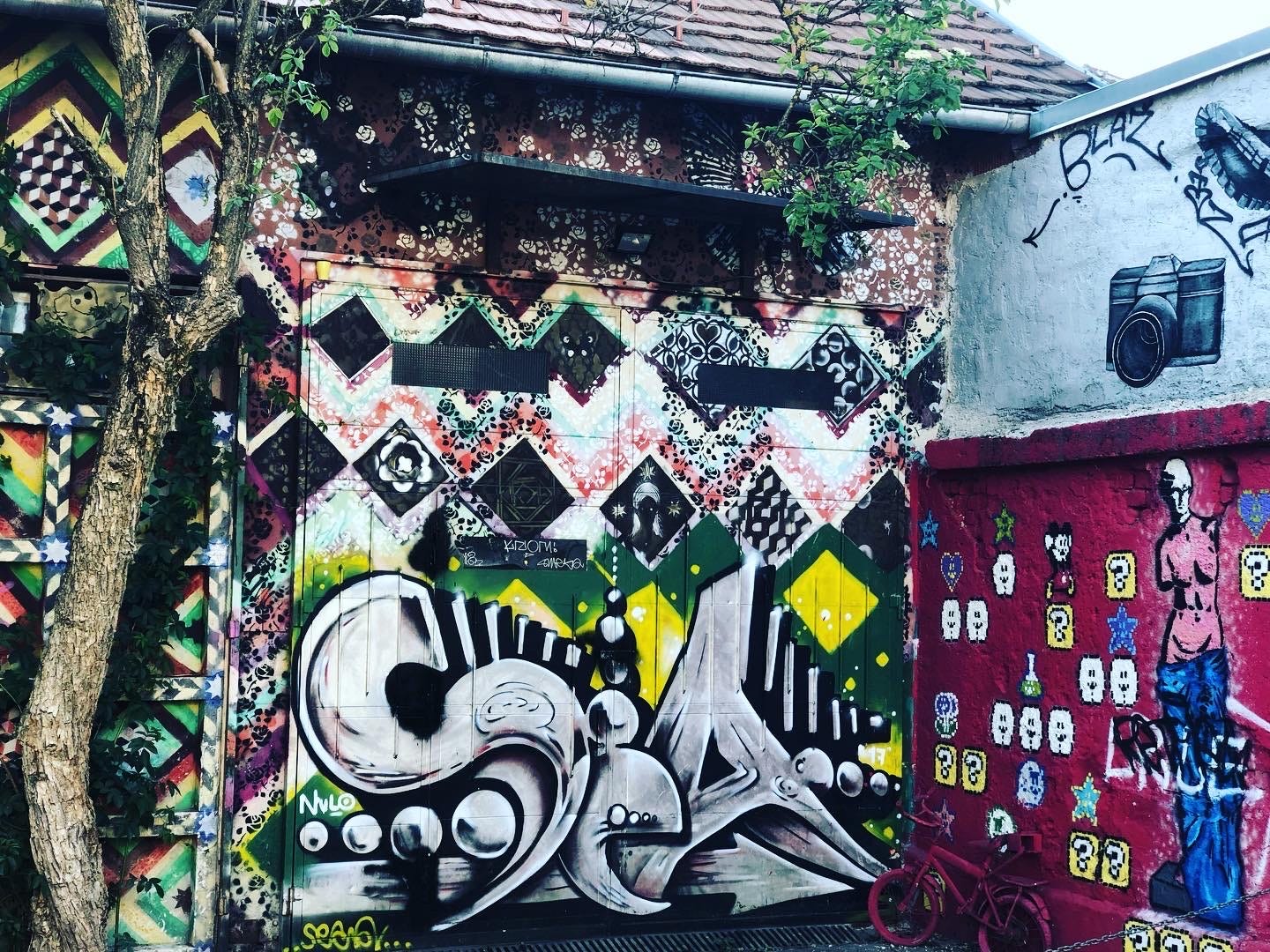
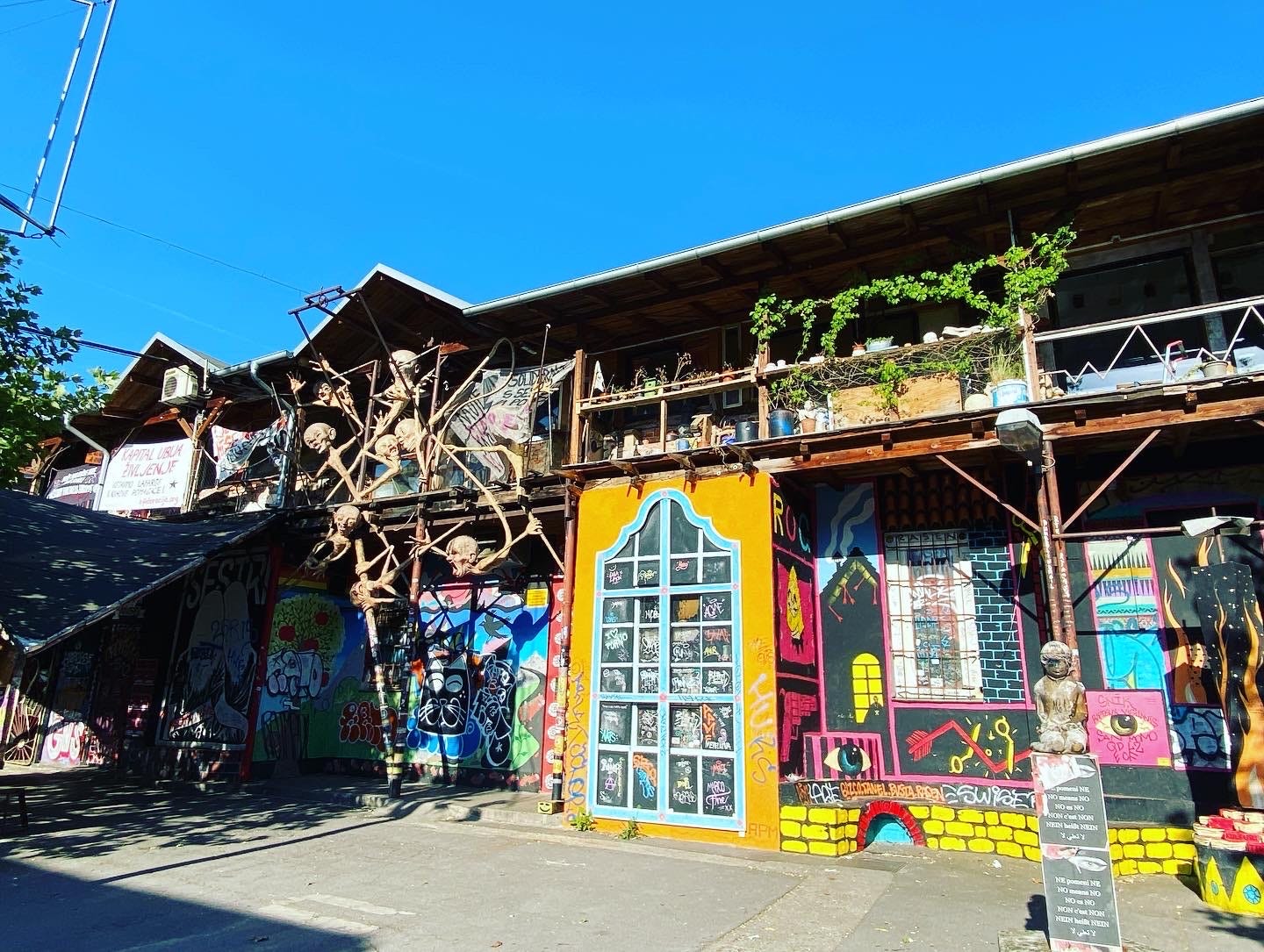
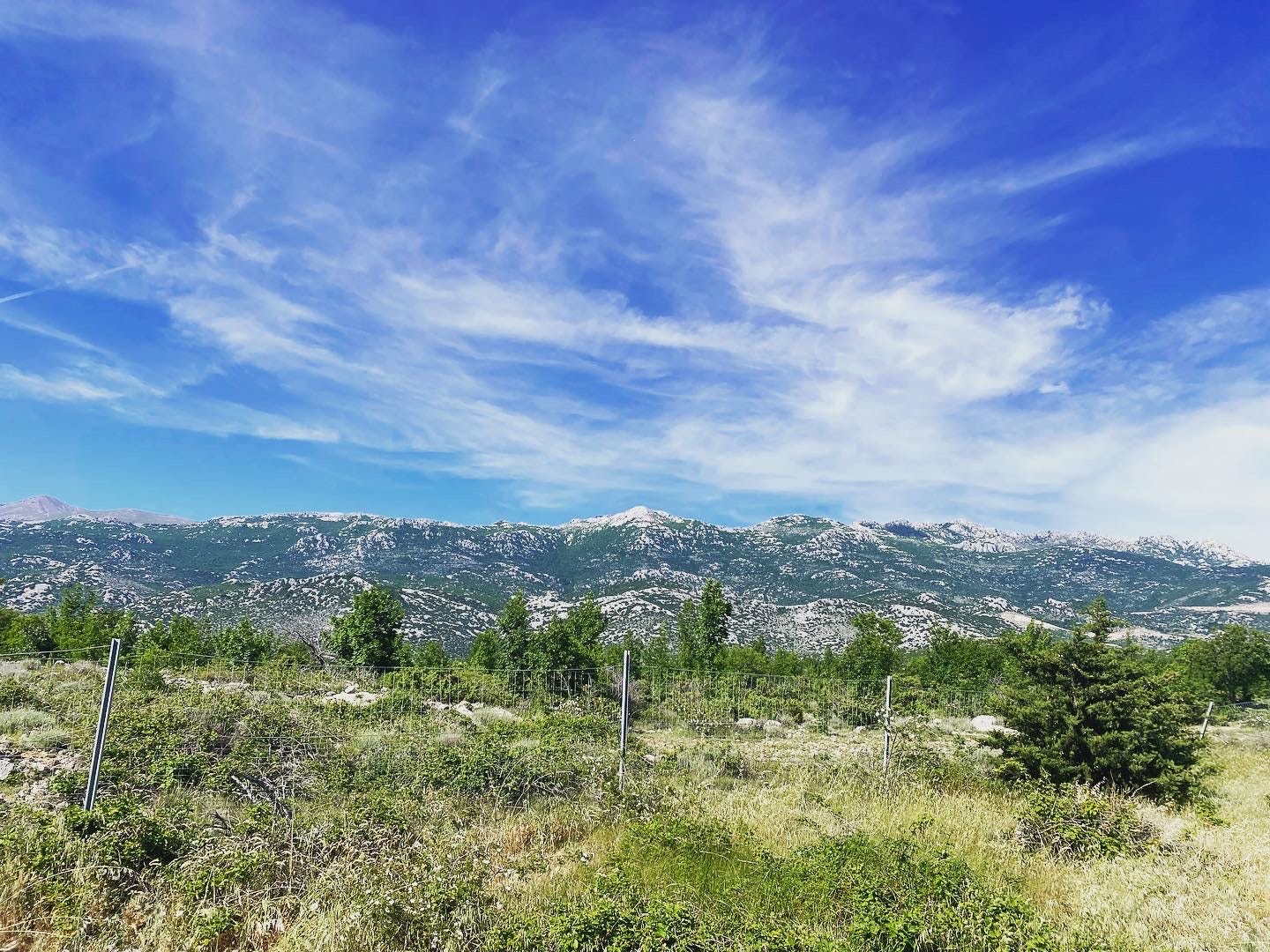
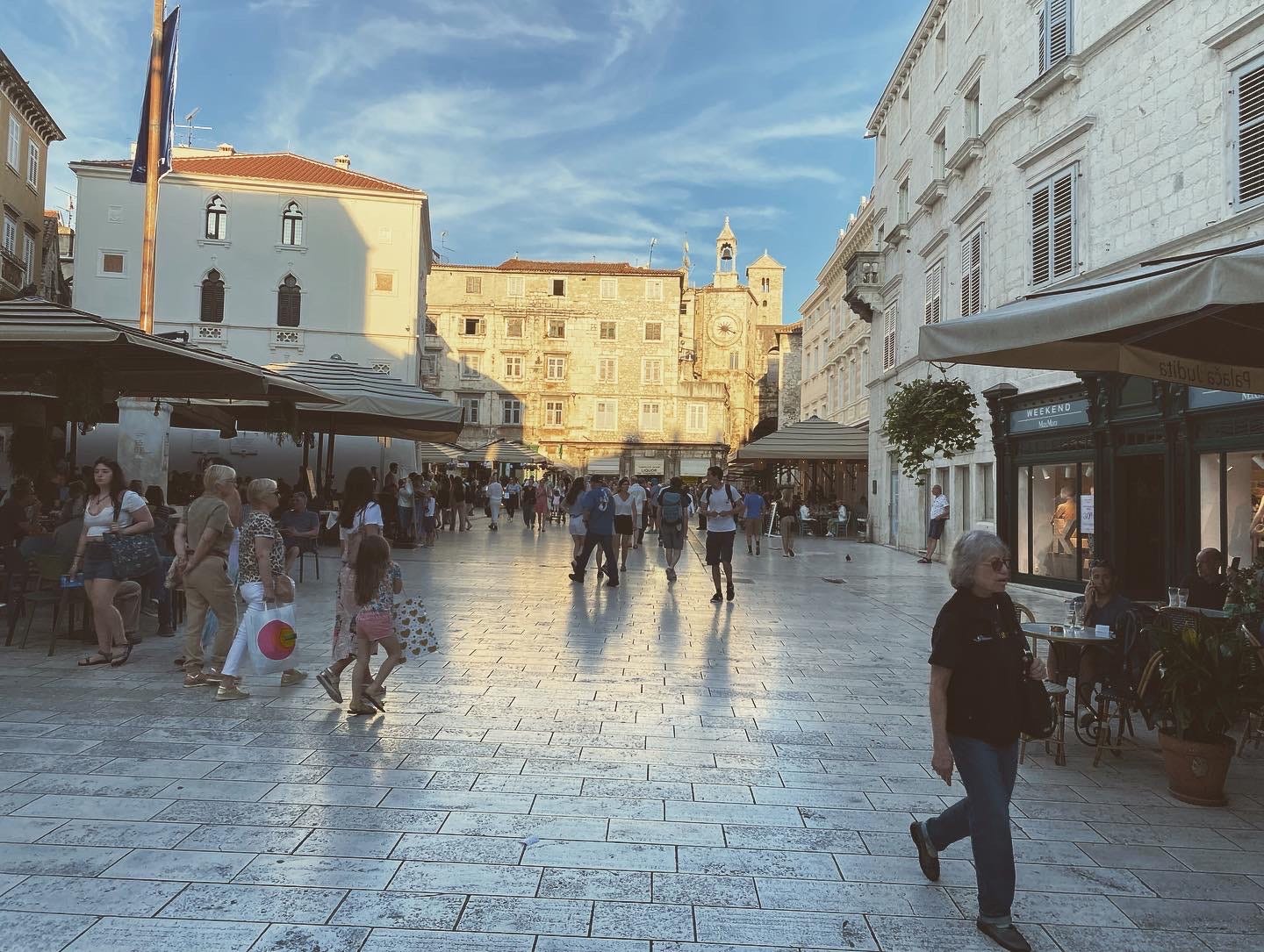
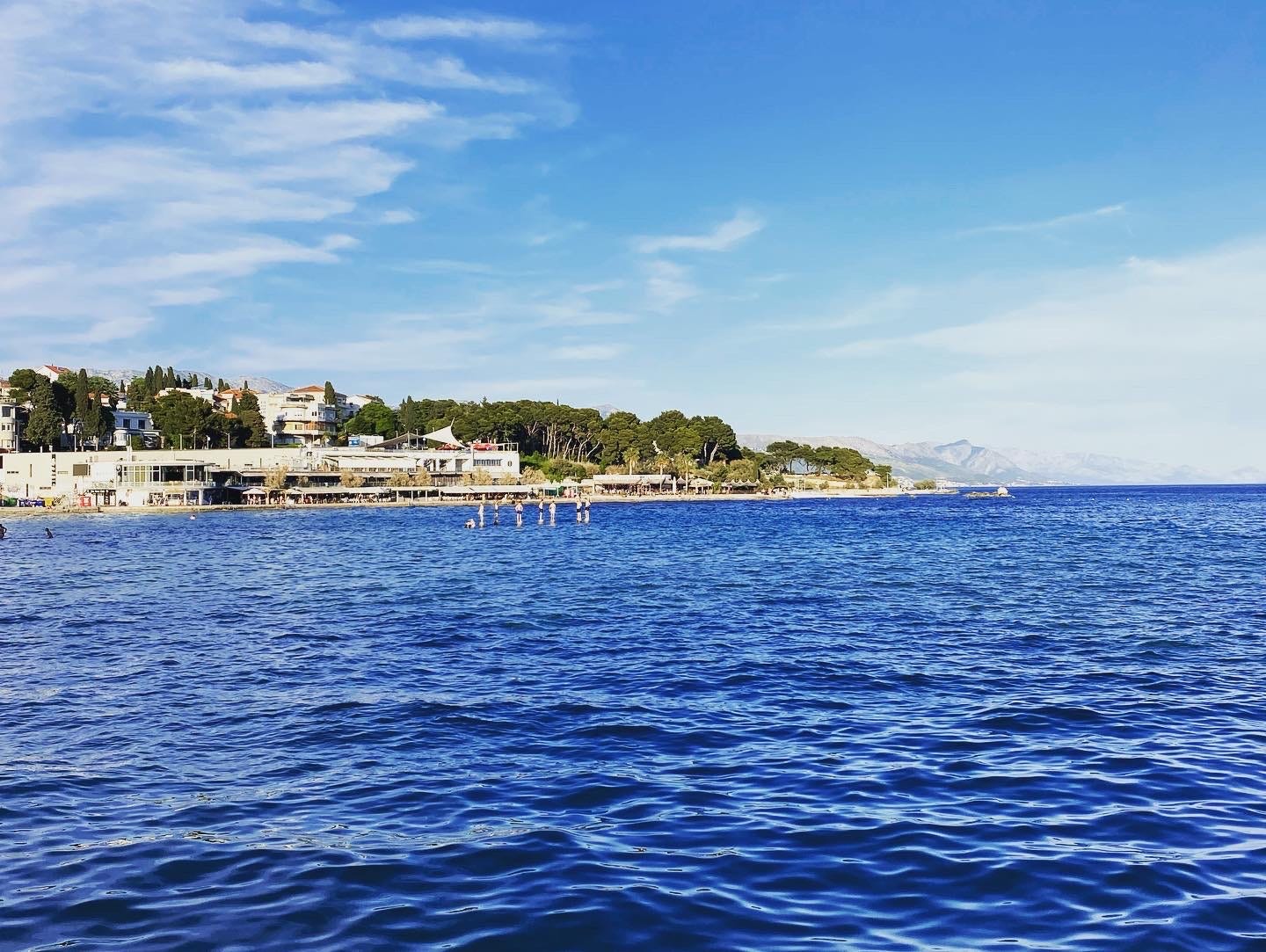
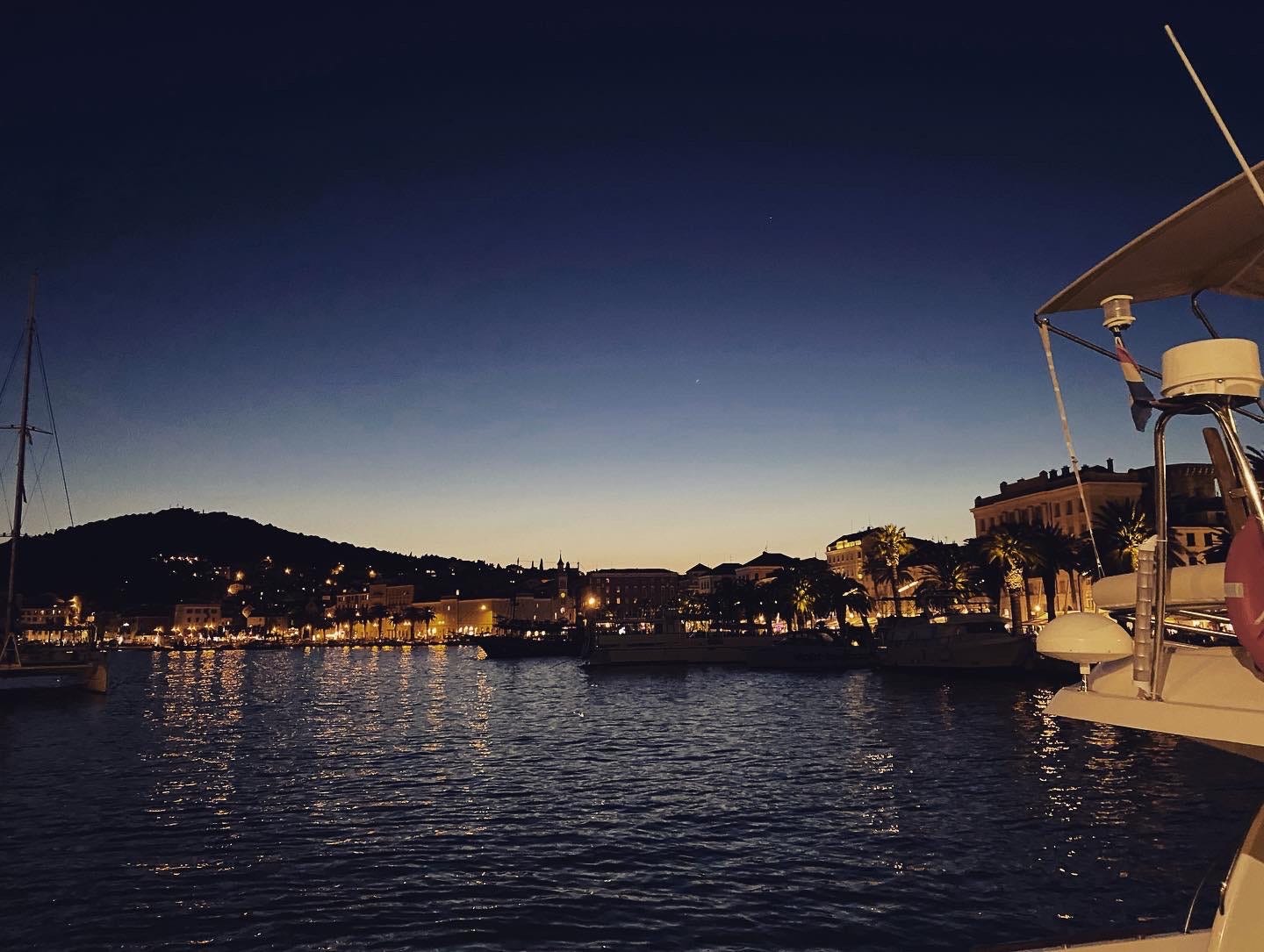
Very beautiful. Thank you for sharing your pictures. I had a friend who lived squats across Europe, and I used to like hearing the stories of being the competent responsible person at the squat dealing with plumbing and pests and fixing things and junkies, something new every week like a sitcom.
Why doesn't your husband want to drive in Italy? Do Italians really drive like Italians?
Happy feasts of Sainta Helena and Elen along her many ways and roads.
Beautiful. Hope you both enjoy this lovely holiday.